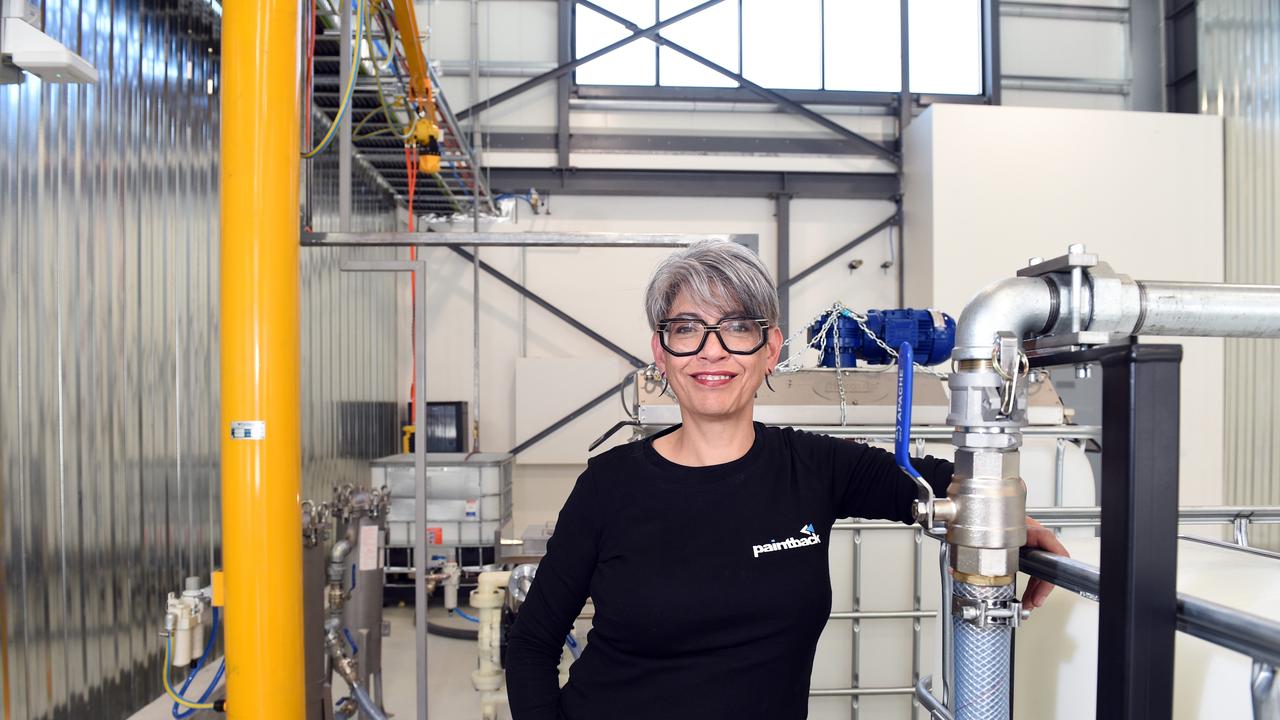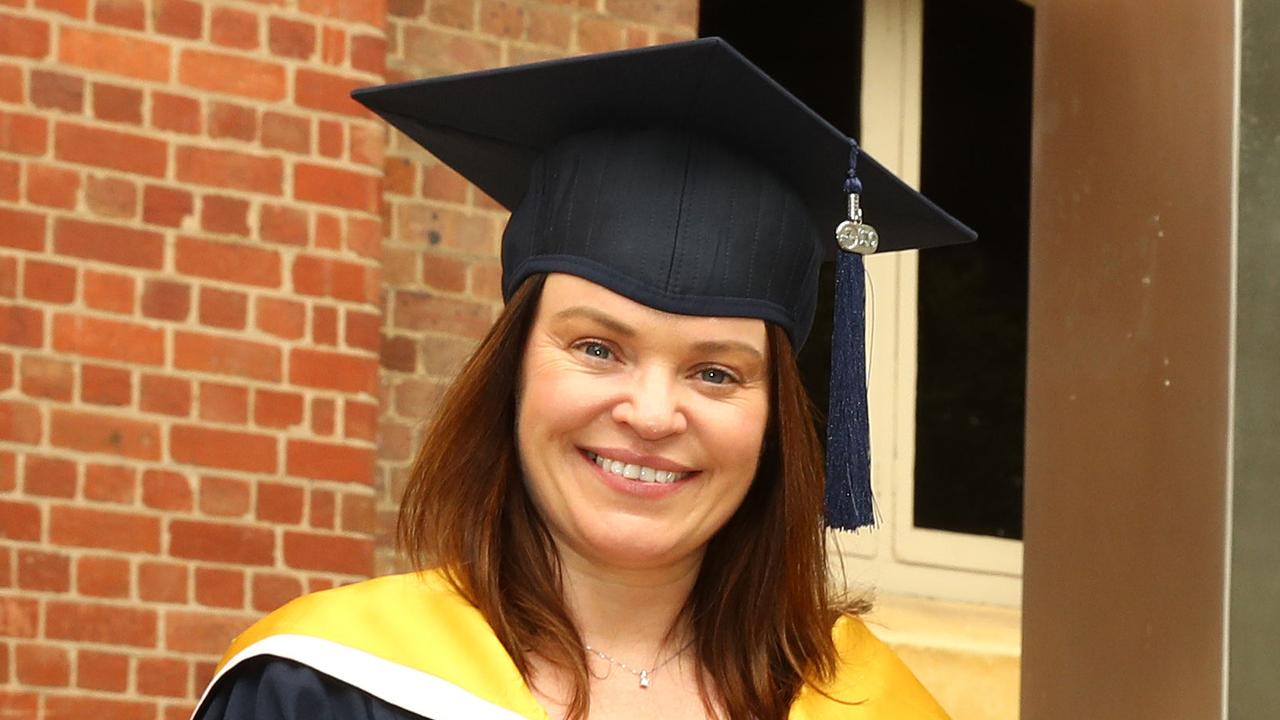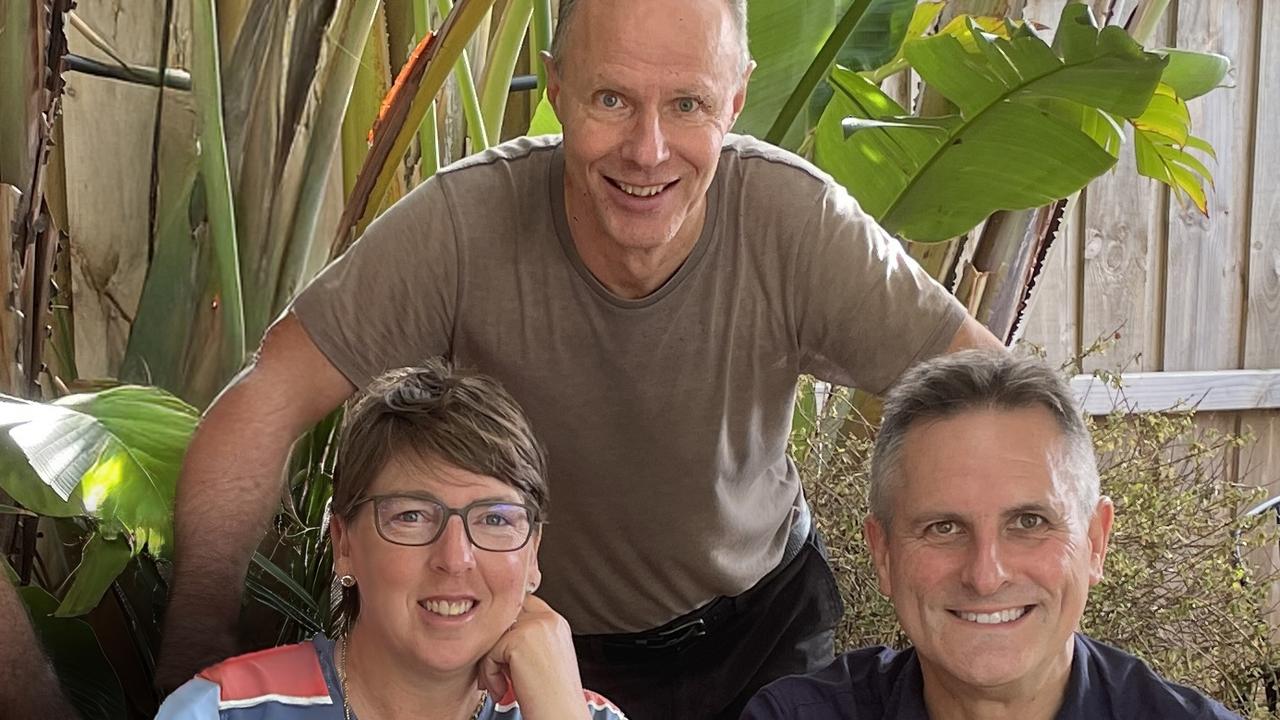How Geelong could create 24,000 clean energy jobs
Geelong – once famous for manufacturing, shipping and logistics – could be on the cusp of its next industrial revolution.

Geelong
Don't miss out on the headlines from Geelong. Followed categories will be added to My News.
Geelong – once famous for its roles in manufacturing, shipping and logistics – could be on the cusp of its next industrial revolution.
A 2021 report from Ironbark Sustainability found 24,000 full-time equivalent jobs could be created locally by taking “swift action” to decarbonise the economy.
More than 10,000 of these were ongoing roles spread across renewables, education, training and research, transport, manufacturing, recycling, land use and buildings sectors.
Investment in renewable energy and clean-tech manufacturing alone could generate 3522 permanent positions and 3299 temporary jobs across the region, the report said.
“By setting ambitious council targets, in line with science-derived approaches, the local governments in the Geelong region can enable infrastructure and investments that will support state targets and the zero-emissions transformation ahead of us,” it read.
And a number of Geelong start-ups are already answering the call.
Located inside Deakin’s Future Economy Precinct, ManuFutures proves support and space to businesses to accelerate development in advanced manufacturing.
It’s estimated the project is worth $1bn via new start-ups, has facilitated more than 500 student placements and more than 120 new jobs.
Australia’s paint recycling program – Paintback – has chosen the Waurn Ponds site as the home for its future pilot plant.
The company collects around 9000 tonnes of unwanted paint and paint packaging each year that would otherwise end up in landfill.
A new pilot program facilitated through Deakin University’s ManuFutures program will develop alternative uses for the “reclaimed” paint.
Paintback chief executive Karen Gomez said the company was awaiting approvals to move to field-testing products.
“We’ve partnered with Deakin University and its research capability,” she said.
“We’re awaiting EPA licence and approvals to set up a pilot plant to move our trials from the lab to the field.”
Ms Gomez said the company was exploring the potential for expired paint products to be used in concrete and roadworks.
“We’ve seen volumes of paint growing through Covid, and it’s a great opportunity to take expired products and repurpose them to work towards a more sustainable and circular economy,” she said
Those sentiments were echoed by materials science company Xefco, which has partnered with the university for years to focus on sustainable technology for the textiles industry.
Chief executive Tom Hussey said the company was producing new technology to create new finishing processes used on clothing and other textiles, which are currently responsible for almost 20 per cent of global water pollution.

“The whole goal is to produce these systems in Geelong and then export them around the world for textile manufacturing,” he said.
The new technology – called Ausora – is an “atmospheric plasma-coating” which uses 86 per cent less energy.
In addition to its ManuFutures collaboration, the company has collaborated with a local engineering firm based in Bell Park.
“We’ve been working side-by-side with them for close to five years now,” Mr Hussey said.
“Keeping it all local allows us to monitor every step of the process and also develop our capability more easily.”
And it’s not just start-ups embracing the green revolution.
GeelongPort announced plans for a wind farm manufacturing hub last year, and the City of Greater Geelong has set a 2035 net-zero emissions target for the region.
Australia’s largest wind farm is under construction at Rokewood, and the state government’s 300W big battery opened in late 2021.
It comes amid federal government plans to reduce Australian emissions by 2030.
“Reducing emissions by 43 per cent is an ambitious target and we are going to need a collective effort and determination across all of the economy to meet our goal,” Climate Change Minister Chris Bowen said last year.
Originally published as How Geelong could create 24,000 clean energy jobs





